8 Best DIY Peel-Off Face Mask Recipes & Benefits For Skin
A healthy, safe, affordable, and customizable solution to all your skin woes.
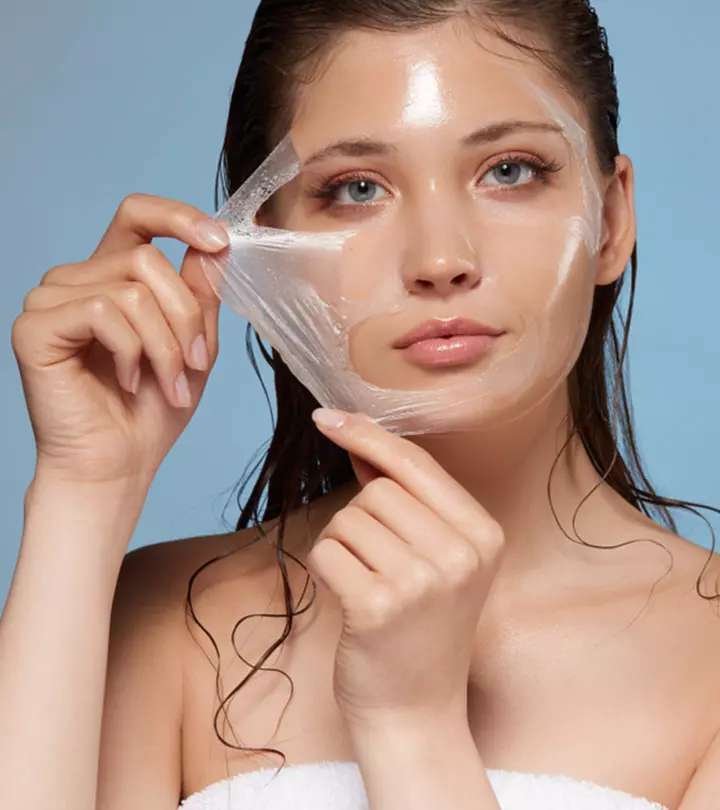
Image: Shutterstock
DIY peel-off face masks can be your quick solution to soft and glowing skin. Wondering how they may help? Well, they can help improve uneven skin texture, eliminate blackheads, and at the same time, calm your skin. The best part is- you can easily prepare them at home. You can use skin-loving ingredients from your kitchen to whip up the all-natural peel-off masks for your face. These masks also help address a range of skin concerns, from acne and oiliness to dryness and dullness, making them versatile for different skin types. Moreover, you can customize the masks as per your skin type and meet all your skin care needs. Keep reading to learn more about DIY peel-off masks, benefits, and easy DIY recipes.

In This Article
What Is In A DIY Peel-Off Face Mask?
DIY peel-off masks contain a gel or paste-like substance that sticks to the skin, dries, and can be peeled off easily. Some of the common base ingredients used in DIY peel-off masks include:
- Non-Toxic Glue
This is a common ingredient in DIY peel-off masks and is used as an adhesive to help to trap skin impurities.
It is easy to peel out at one go. You can use latex-free skin glues used for face painting and face art design.
- Gelatin
Gelatin hardens on the skin and is easy to peel off than glue. It is less harsh than glue and can be easily washed off with water, making it hassle-free. However, gelatin is made from collagen extracted from animal bones and connective tissues and may have a foul smell.
 Trivia
Trivia- Egg White

Egg white-based masks are the gentlest, albeit the messiest form of peel-off masks. Applying them can be challenging. Usually, you have to apply a layer of egg white, followed by a piece of thin tissue paper, and then keep layering the egg white and tissues. It can be easily peeled away after drying. Since we are talking about ingredients that peel-off masks contain, let us look at the ingredients you should avoid when making a DIY peel-off mask or buying one commercially:
- Do not use strong glues such as superglue as these can damage the skin.
- Choose glues that are certified as non-toxic.
Now that you have a basic understanding of the basic ingredients for a peel-off mask, let’s look at the benefits of DIY peel-off masks. Are Peel-Off Masks Good For Your Skin? What Are The Benefits?
- There are multiple benefits of using DIY peel-off masks:
- The base ingredient helps remove the dead skin cells and buildup from the skin.
- You can easily customize the ingredients as per the skin issue you may have.
- They give an immediate tightening effect and help minimize the appearance of pores.
- They soak up excess oil without causing excessive dryness.
- DIY peel-off masks are a cost-effective way of cleansing the skin easily at home.
This brings us to the next most important question: are commercial masks worth it? Why should you go the DIY way? Scroll down to the next section for the answer.
Key Takeaways
- Peel-off masks help smoothen skin texture, eliminate blackheads, and soothe the skin.
- DIY peel-off masks are made of nourishing ingredients that help cleanse and exfoliate your skin.
- Making these masks is easy as the ingredients are readily available and don’t need special preparation.
DIY Vs. Commercial Peel-Off Face Masks: Which One Is Better?
| Commercial Mask | DIY Masks |
|---|---|
| They often contain harsh chemicals such as polyvinyl alcohol (PVA), artificial colors, and preservatives, that can irritate or damage sensitive skin. | DIY masks contain natural ingredients that are gentle on your skin. |
| There is no room to customize the mask as per your needs. | You have the freedom to choose ingredients as per your skin condition and needs. |
| They are formulated and tested in a controlled environment and contain beneficial ingredients that you cannot find easily or incorporate yourself into your DIY formula. | They are gentler and may not be as effective as commercially-made masks. They take time to show results. |
| These may be significantly expensive due to branding, packaging, and additional chemicals. | DIY masks are much more budget-friendly since they use common household ingredients, making them an affordable option for regular use. |
Ultimately, it boils down to your preference, skin needs, and ease of use. If you have been using commercial face masks and your skin loves them, you do not need to banish them from your routine. Once in a while, you can give your skin a break and try out natural ingredients. On the other hand, if your skin is sensitive to cosmetics, preservatives like parabens and triclosan, and other synthetic ingredients, it is better to use DIY peel-off masks. In the next section, we have shared a few recipes you can try at home.
DIY Peel-Off Face Mask Recipes For Different Skin Types
Before we jump into the recipes, make a note to select ingredients that suit your skin type to prevent an allergic reaction.
DIY Peel-Off Masks Recipes For Oily And Acne-Prone Skin
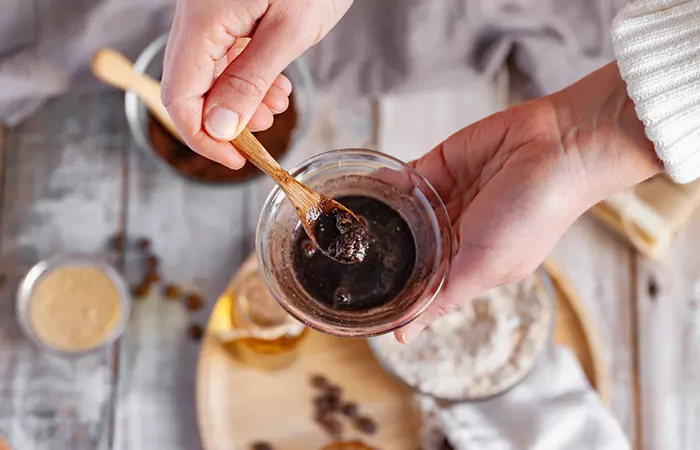
1. Honey And Turmeric Peel-Off Mask
Turmeric contains curcumin, which helps reduce inflammation and tackles skin infections. Coconut oil has moisturizing properties, while honey has antibacterial benefits. Witch hazel is beneficial for oily skin. It helps control excess oil and reduces inflammation (1), (2), (3), (4). You Will Need
- 3 teaspoons of coconut oil
- 3 teaspoons of witch hazel
- ½ teaspoon of Manuka honey
- A pinch of turmeric
- 2 teaspoons of unflavored gelatin powder
- 1 tablespoon of warm water
Steps To Follow
- Mix gelatin powder and water and microwave it for 10 seconds.
- Take it out and stir until the gelatin powder dissolves. Let it cool down and thicken.
- Mix the rest of the ingredients with gelatin.
- Once the mixture cools down, apply it to clean and dry skin with a soft brush.
- Leave it on for 15-20 minutes and gently peel off the mask.
2. Honey And Tea Tree Oil Peel-Off Mask
Tea tree oil helps improve mild to moderate acne, while honey increases the antibacterial activity of the mask (5). You Will Need
- 1 tablespoon of unflavored gelatin powder
- 1 tablespoon of Manuka honey
- 2 drops of tea tree oil
- 2 tablespoon warm water
Steps To Follow
- Microwave gelatin powder and water for 10 seconds.
- Take it out and stir until the powder dissolves.
- Let the mixture cool down and thicken.
- Mix all the ingredients and stir well.
- Apply the mixture to clean and dry skin with a soft brush.
- Leave it on for 15-20 minutes and gently peel off the mask.
 Quick Tip
Quick Tip3. Activated Charcoal Peel-Off Mask

Activated charcoal can clean your skin pores and get rid of dead skin cells (6). This DIY charcoal face mask that you can peel off is an effective way to cleanse your pores and rejuvenate your skin.
You Will Need
- ½ teaspoon of activated charcoal powder
- ½ teaspoon of unflavored gelatin powder
- 1 tablespoon warm water
Steps To Follow
- Combine all ingredients in a clean glass bowl until it reaches a paste-like consistency.
- T Apply the mixture to clean, dry skin with a soft brush.
- Leave it on for 20-30 minutes and then peel the mask off gently.
4. Activated Charcoal And Glue Peel-Off Blackhead Strip
This mask will help remove blackheads from your nose and other areas. Be careful not to use it around your eyes and cheeks. You Will Need
- 1 teaspoon of activated charcoal powder
- 2 teaspoons of non-toxic glue
Steps To Follow
- Combine all the ingredients to form a paste-like consistency
- Apply the mixture to clean, dry skin with a soft brush.
- Leave the mask on for 15-20 minutes and peel it off carefully.
Note:
If you notice any residue, wipe away with a warm and wet towel. Do not rub your skin.
5. DIY Peel-Off Face Mask With Lemon And Egg
Lemon extract is commonly used in skin brightening products. This peel-off mask may help reduce excess oil and brighten the skin (7). You Will Need
- The white of an egg
- 1 teaspoon of diluted lemon juice
- Tissue paper
Steps To Follow
- Mix the egg white and lemon juice in a glass bowl.
- Gently apply half of the mixture to clean, dry skin with a soft brush.
- Press the tissue paper onto your skin and wait for about 5 minutes.
- Apply the mixture on the tissue paper and layer it with another tissue paper.
- Apply several layers and top them with a final layer of the mixture.
- Wait for the mask to dry and then peel it off.
DIY Peel-Off Masks Recipes For Hydrated, Soft, And Glowing Skin

6. Honey, Milk, And Egg White Peel-Off Mask
Honey has antibacterial properties, while milk is often added to DIY masks for its skin softening benefits. This is one of the easiest and most effective DIY face masks for blackheads.
You Will Need
- The white of an egg
- 1 teaspoon of gelatin powder
- 1 teaspoon of Manuka honey
- 1½ tablespoons of whole milk
Steps To Follow
- Mix gelatin powder and milk and microwave for 10 seconds. Let it cool down.
- Mix all the other ingredients and stir well.
- Apply the mixture to clean, dry skin with a soft brush.
- Leave the mask on for 15-20 minutes and gently peel it off.
Mamtha Nair, a vlogger, shared her experience of using her homemade peel-off face mask for her skin. She said, “So I am not going to lie, this is really going to hurt. But for me, it’s really worth it. This gelatin peel-off mask removed unwanted hair, whiteheads, and blackheads effectively (i).
8. Banana Peel-Off Mask
Bananas have antioxidants that may protect your skin from free radical damage (9), (10). Honey’s natural antibacterial properties and lemon’s brightening effect add more goodness to the mask and will leave your skin refreshed and radiant (7), (11). You Will Need
- Ripe banana peel
- 1 tablespoon of honey
- 1 tablespoon of fresh lemon juice
Steps To Follow
- Cut the ripe banana peel into small pieces.
- Blend or mash the peel until it forms a smooth paste.
- Add the honey and fresh lemon juice and mix everything thoroughly.
- Apply the mask evenly to your clean face, avoiding the eyes and mouth.
- Allow it to dry for about 15-20 minutes.
- Gently peel off the mask in an upward motion.
- Rinse your face with water and pat it dry.
7. Rose Water Peel-Off Mask

Rose water has been used for ages for beauty purposes. It is known for its wound healing and skin-soothing abilities. It also has antibacterial properties and keeps your skin healthy (8). You Will Need
- 3 teaspoons of rose water (hydrosol)
- 2 teaspoons of unflavored gelatin powder
- 2 drops of rose essential oil (optional for masking gelatin’s odor)
Steps To Follow
- Mix the gelatin powder and rose water and microwave for 10 seconds.
- Mix it well and let it cool down.
- You may add the essential oil (if using).
- Apply the mixture to clean, dry skin with a soft brush.
- Leave the mask on for 15-20 minutes and gently peel it off.
There are several peel-off masks and other home remedies to rejuvenate the skin, but whichever you choose, be sure to exercise proper caution regarding potential reactions.
Infographic: Common Peel-Off Mask Mistakes
Peel-off face masks are beneficial for your skin. They help hydrate your skin and remove the excess oil and dirt from your face. You can use DIY peel-off face masks or commercial face masks based on your preference. However, you may not achieve the desired results if you do not use them the right way. Check out the infographic below to learn about the common mistakes you should avoid to get clean and clear skin. Some thing wrong with infographic shortcode. please verify shortcode syntax
One of the most effective ways to deep clean your skin is using a homemade DIY peel-off face mask. You can use homemade masks for exfoliating, cleansing, and rejuvenating the skin. These masks also help tighten the pores, eliminate dead skin, enhance blood circulation, and beautify the skin. You can also get rid of blackheads and make your skin glow with the right peel-off mask. Moreover, peeling it off is a satisfying experience in itself. You can include these rejuvenating peel-off face masks to have a spa day at home. Take a look at the DIY peel-off mask recipes mentioned above and pick one that suits your skin’s needs. The ingredients are readily available, and the recipe can be customized to your liking. Always apply a peel-off mask to clean, dry skin, and conduct a patch test before applying a mask to your entire face to check if any of the ingredients irritate your skin.
Frequently Asked Questions
Do peel off masks remove facial hair?
Yes. Anecdotal evidence suggests that charcoal and honey peel off masks may help in removing fine facial hair. The ingredients in the peel-off masks stick to the hair on your face and gently uproots it when you peel off the mask, leaving your skin smooth and shiny.
What can I use to peel off a face mask?
You can use your fingertips to gently peel off the face mask. Ensure that your hands are clean before you start peeling off the face mask.
Can a DIY peel-off face mask be used on all skin types?
The effectiveness and safety of DIY peel off face masks depends on the ingredients used and sensitivities of the skin. For example, if you have sensitive skin then ingredients like lemon juice and baking soda can irritate the skin. So it is always best to do a patch test before using any new DIY skincare product.
How do I safely and effectively remove a DIY peel-off face mask?
To safely and effectively remove a DIY peel-off face mask follow the tips; • Wet your face: Before peeling off the mask, wet your face with warm water to loosen the mask and to easily remove it. • Use a wet towel: Apply a wet towel on the face for a few minutes to soften the mask, which will help in easy removal. • Peel off slowly: Avoid pulling too hard and too quickly as it can cause pain and irritation so do it gently and slowly • Rinse and moisturize: After removing the mask, rinse your face with cold water to remove any residue and moisturize to soothe and hydrate the skin.
Are there any side effects or risks associated with using a DIY peel-off face mask?
There are some potential side effects and risks associated with it if used incorrectly or wrong ingredients are used like skin irritation, redness, allergic reactions, or acne flare-ups due to some ingredients.
How often should a DIY peel-off face mask be used for best results?
The frequency of using a peel off mask depends on your skin type and the ingredients used in the mask. But in general, it’s best to use a peel off mask not more than once or twice a week to avoid over exfoliation and skin irritation.
How do you make an aloe vera peel-off mask at home?
You can make an aloe vera peel of mask by mixing 2 tablespoons of aloe vera gel with water and combining it with a mixture of 1 tablespoon of gelatin powder dissolved in 1 tablespoon of hot water. Do not apply it near the eye and lip area as they are very sensitive areas.
How can I customize DIY peel-off masks for different skin types?
Pick ingredients that cater to your specific skin types and its needs. For dry skin, add moisturizing ingredients like avocado or yogurt. Oily skin can benefit from ingredients like clay or tea tree oil.
Illustration: Best DIY Peel-Off Face Mask Recipes & Benefits For Skin

Image: Stable Diffusion/StyleCraze Design Team
Make your own homemade peel-off face mask without gelatin and eggs! Take a look at this video to know how to make this easy and affordable DIY mask.
Personal Experience: Source
StyleCraze's articles are interwoven with authentic personal narratives that provide depth and resonance to our content. Below are the sources of the personal accounts referenced in this article.
i. Get Rid Of Unwanted Facial Hair, Blackheads & Whiteheads at Home | DIY Peel Off Face Maskhttps://www.youtube.com/watch?v=lij7iZAeQ1Q
References
Articles on StyleCraze are backed by verified information from peer-reviewed and academic research papers, reputed organizations, research institutions, and medical associations to ensure accuracy and relevance. Read our editorial policy to learn more.
- Potential of Curcumin in Skin Disorders https://pubmed.ncbi.nlm.nih.gov/31509968/
- Virgin Coconut Oil infused healthy cosmetics https://www.researchgate.net/publication/336232293_Virgin_Coconut_Oil_infused_healthy_cosmetics
- Treatment Strategies for Infected Wounds https://pubmed.ncbi.nlm.nih.gov/30231567/
- Moisturizers for Acne: What are their Constituents? https://pubmed.ncbi.nlm.nih.gov/24847408/
- Tea tree oil gel for mild to moderate acne; a 12 week uncontrolled open-label phase II pilot study https://pubmed.ncbi.nlm.nih.gov/27000386/
- FORMULATION AND EVALUATION OF ACTIVATED CHARCOAL PEEL OFF MASK https://www.researchgate.net/publication/368883405_Formulation_and_Evaluation_of_Activated_Charcoal_Peel_Off_Mask
- The Hunt for Natural Skin Whitening Agents https://www.ncbi.nlm.nih.gov/pmc/articles/PMC2801997/
- Pharmacological Effects of Rosa Damascena https://www.ncbi.nlm.nih.gov/pmc/articles/PMC3586833/
Read full bio of Dr. CP Thajudheen
Read full bio of Ramona Sinha
Read full bio of Anjali Sayee
Read full bio of Shiboli Chakraborti







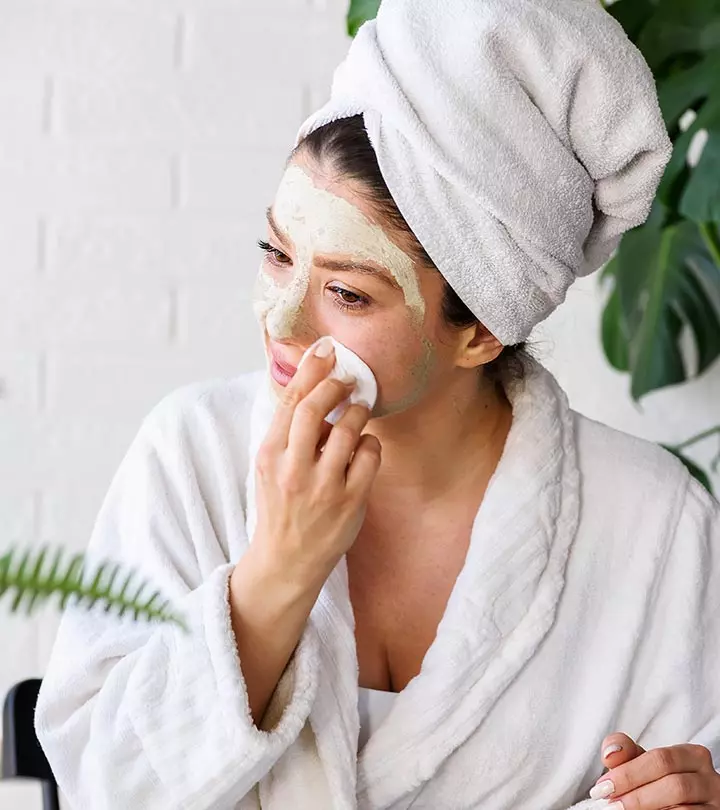
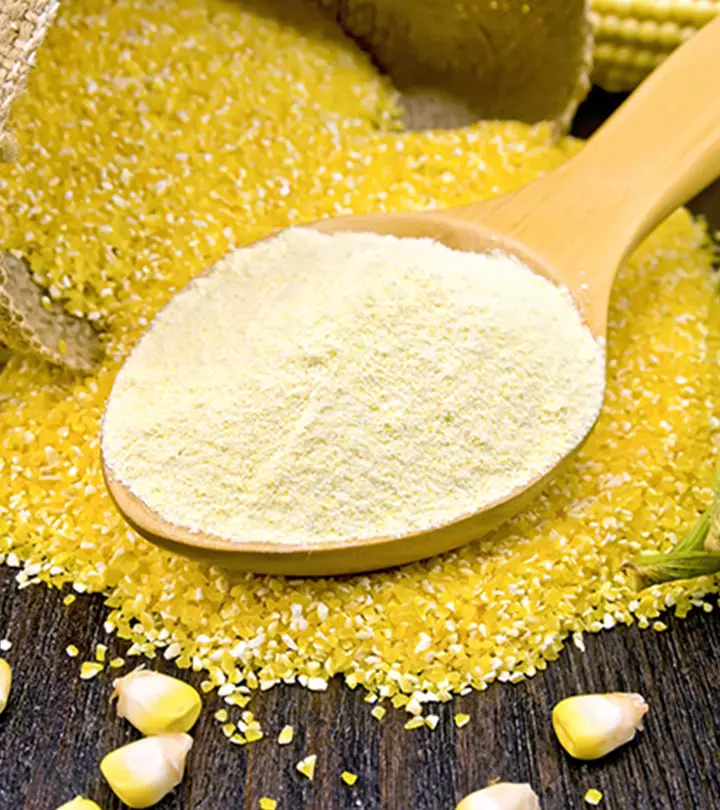



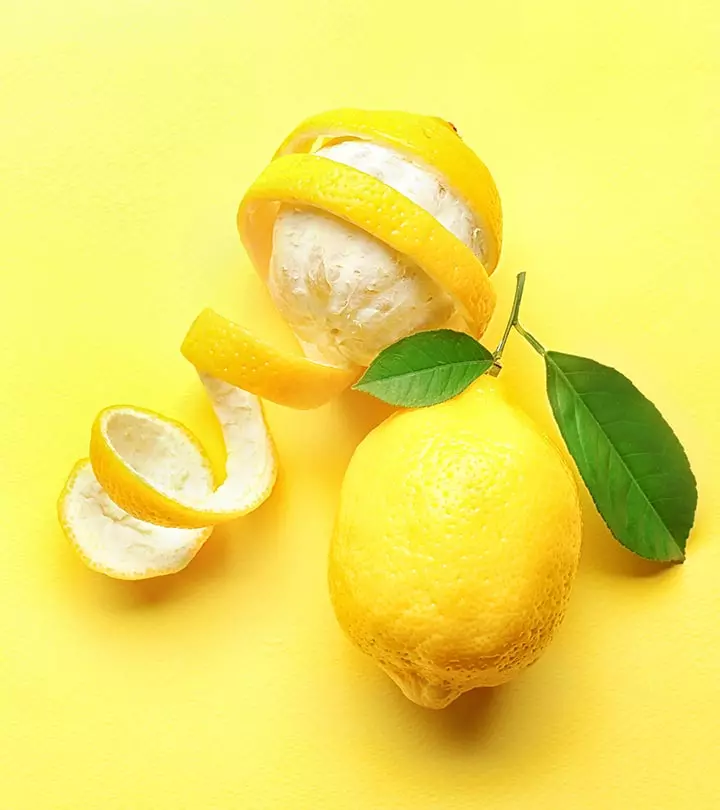

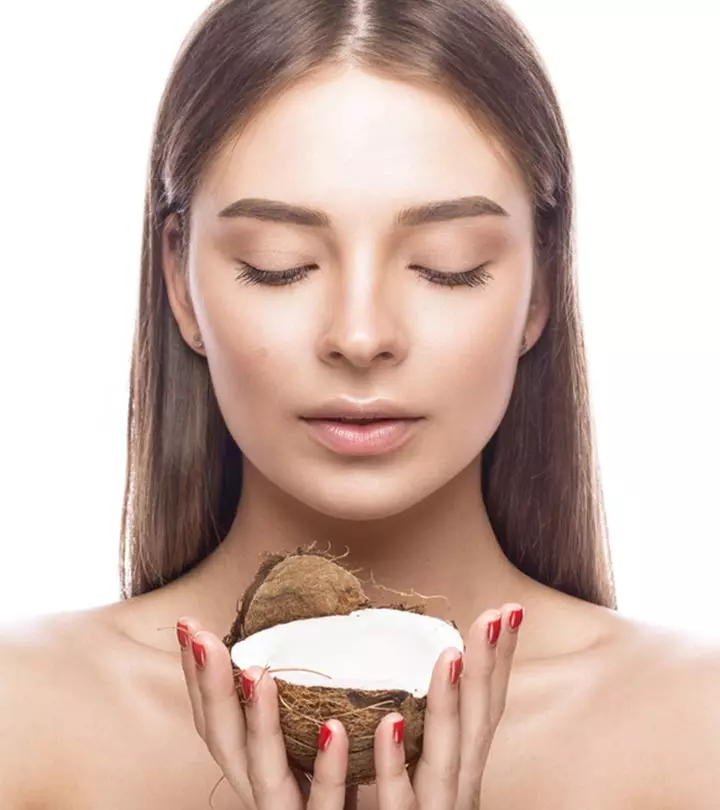
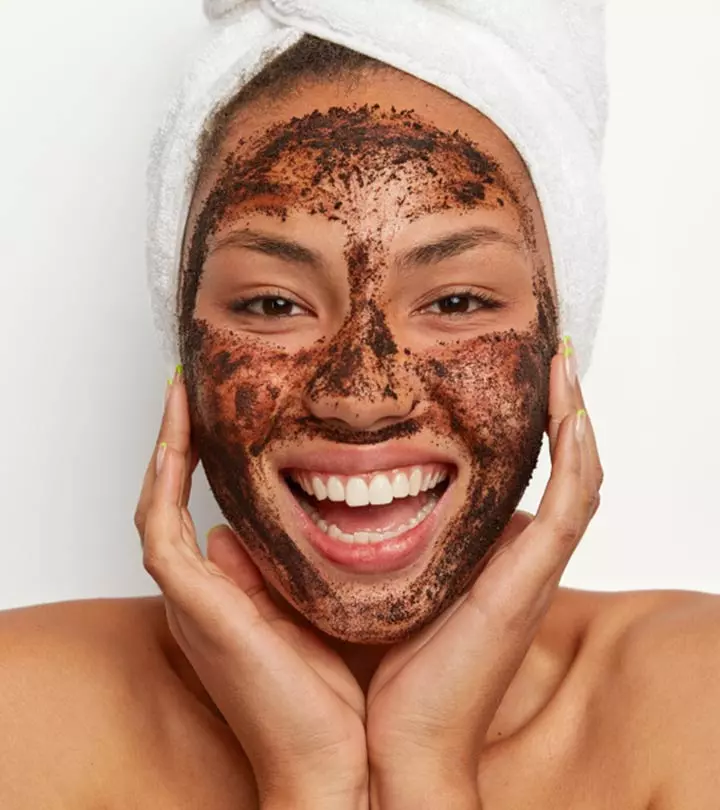


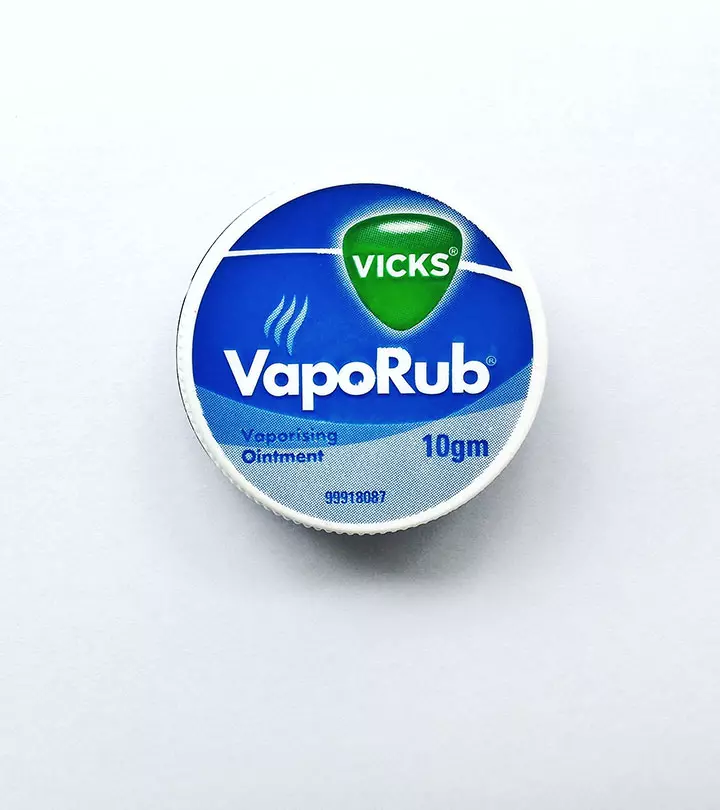
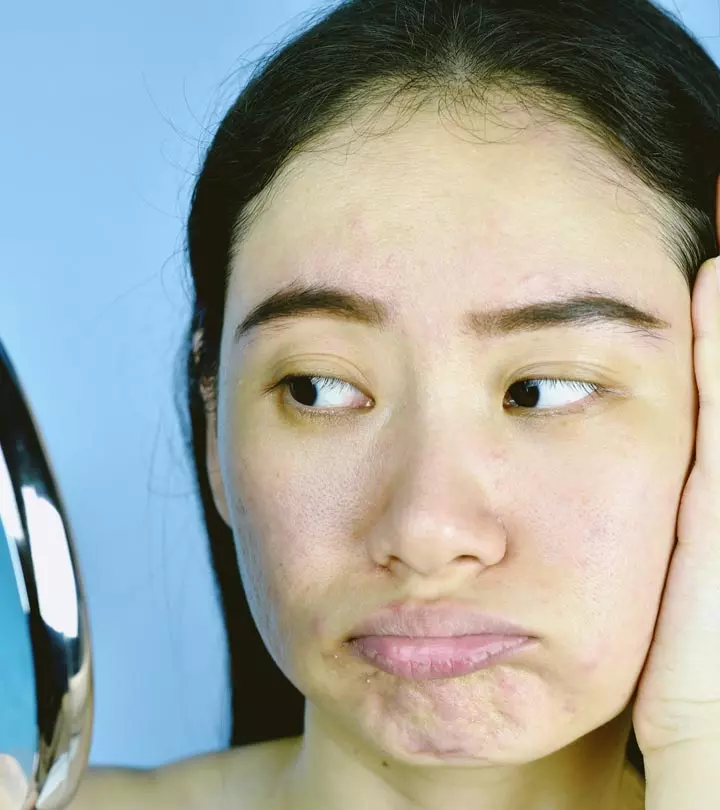


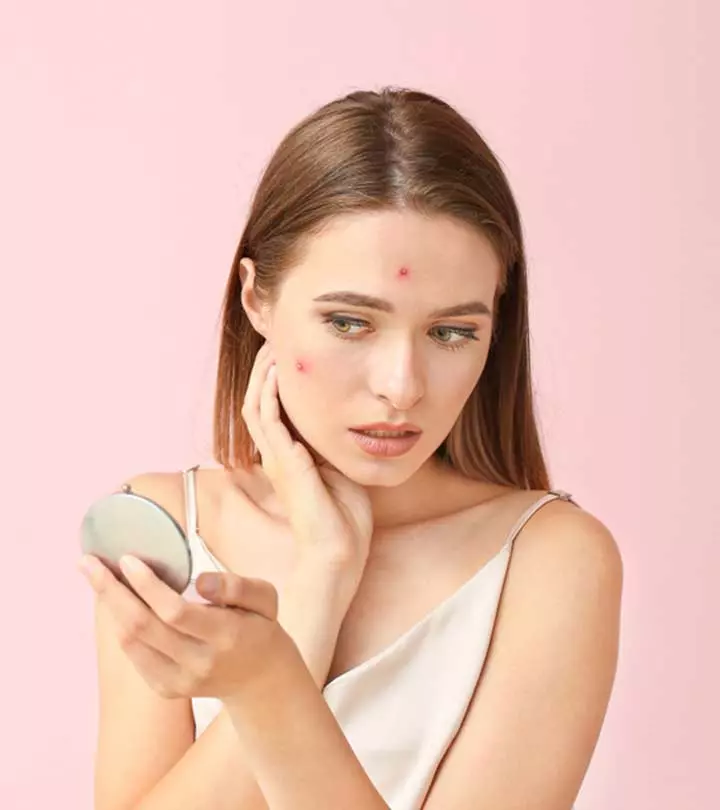

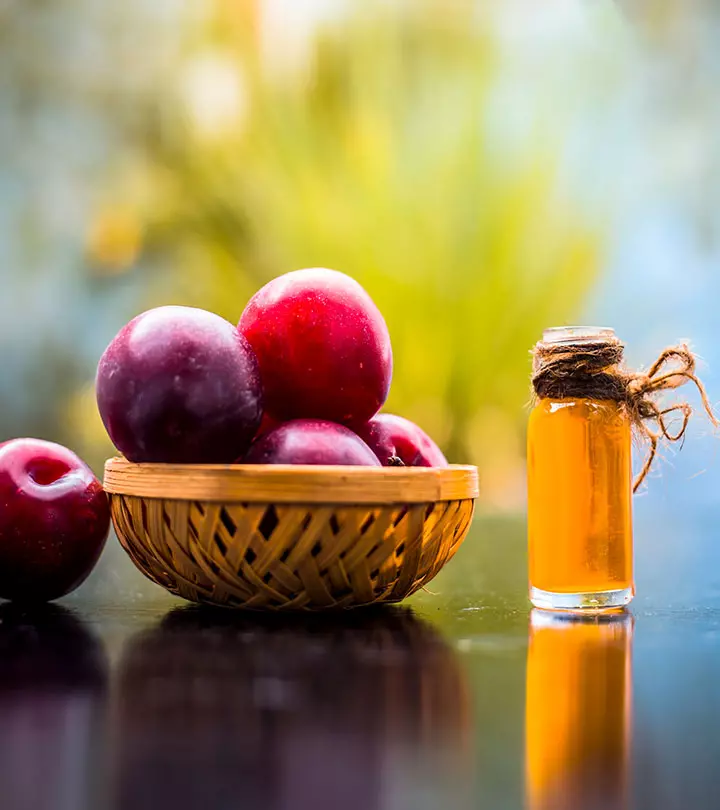



Community Experiences
Join the conversation and become a part of our empowering community! Share your stories, experiences, and insights to connect with other beauty, lifestyle, and health enthusiasts.